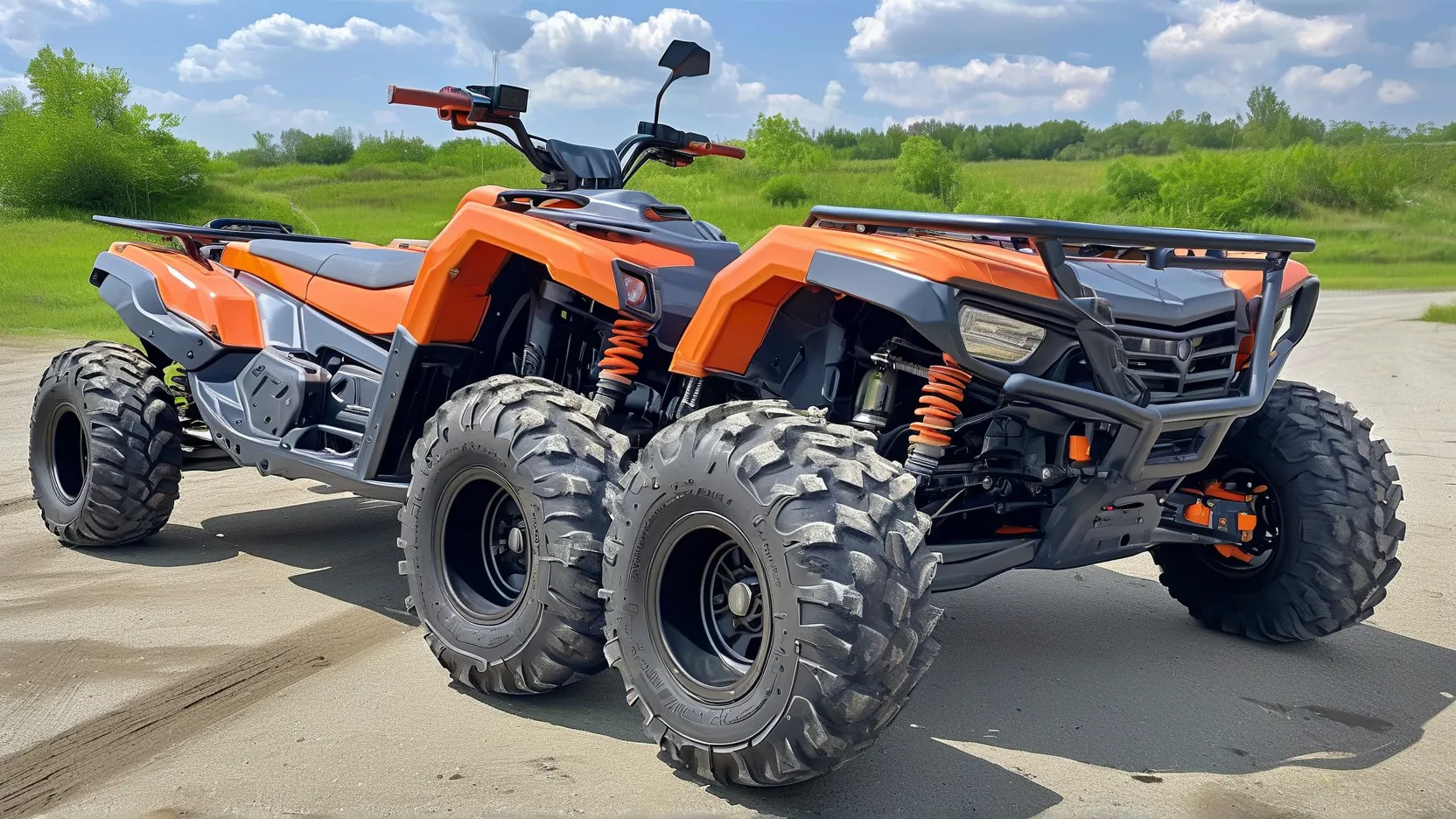Transporting ATVs and UTVs demands reliable equipment that balances strength and practicality. Aluminum ramps have become the top choice for off-road enthusiasts due to their corrosion resistance and favorable strength-to-weight ratio. However, not all options deliver equal performance—choosing the wrong ramp could lead to equipment damage or safety hazards.
1. Weight Capacity: Your Non-Negotiable Starting Point
Every ramp purchase must begin with verifying dynamic vs. static load ratings. Dynamic capacity (weight during movement) matters more than static numbers. For example:
– A 1,500-lb dynamic rating accommodates most mid-size ATVs (500-800 lbs) with safety margin
– Heavy UTVs like the Polaris Ranger XP 1000 (1,832 lbs) require 2,500-lb+ rated ramps
Pro Tip: The Outdoor Power Equipment Institute recommends selecting ramps with 20% higher capacity than your vehicle’s actual weight.
2. Ramp Length vs. Truck Bed Height: Geometry Matters
The Society of Automotive Engineers confirms a maximum safe incline of 30 degrees for loading wheeled vehicles. Use this formula:
Ramp Length = Truck Bed Height ÷ Tan(30°)
Example: 36″ bed height ÷ 0.577 = 62.4″ minimum ramp length
Shorter ramps (≤60″) work for lowered trailers, while lifted trucks often need 72″+ models.
3. Aluminum Grade & Construction: Decoding the Numbers
| Alloy Type | Tensile Strength | Best For |
|---|---|---|
| 6005-T5 | 35,000 PSI | Standard ATVs (<1,200 lbs) |
| 6061-T6 | 45,000 PSI | Heavy UTVs & side-by-sides |
| Source: Aluminum Association Technical Standards |
Look for extruded channels over folded designs—they distribute weight more evenly and resist bending under load.
4. Anti-Slip Features That Actually Work
University of Michigan Transportation Research Institute data shows 73% of ramp accidents involve footing failures. Prioritize:
– Diamond-plate surfaces with raised pyramids (≥3mm height)
– Through-bolted traction strips over adhesive pads
– Side rails extending at least 4″ above ramp surface
5. Portability vs. Stability Tradeoffs
Lightweight doesn’t mean fragile—advanced alloys allow dual functionality:
Foldable Ramps: Black Widow AWR-10CL (14 lbs per pair) fits in UTV storage boxes but maxes at 1,200 lbs
Articulating Ramps: Titan HD-AR76 (22 lbs each) handles 2,500 lbs with hinge-free design
Modular Systems: Race Ramps RR-60X2 (modular blocks) suit irregular loading situations but require assembly
Maintenance Checklist for Long-Term Reliability
- Rinse salt/mud after coastal or winter use (prevents galvanic corrosion)
- Inspect hinge pins quarterly for deformation
- Store vertically to prevent warping
- Replace rubber end caps when cracking appears
Recent NHTSA data reveals properly specified ramps reduce loading accidents by 61% compared to makeshift solutions. By matching your specific vehicle weight, truck configuration, and usage patterns to these engineering principles, you’ll invest in equipment that protects both your machine and your safety—without unnecessary weight or complexity. For commercial users, FMCSA-compliant models like the Sure-Load SL767 provide DOT-approved solutions meeting federal transportation standards.




Leave a Reply